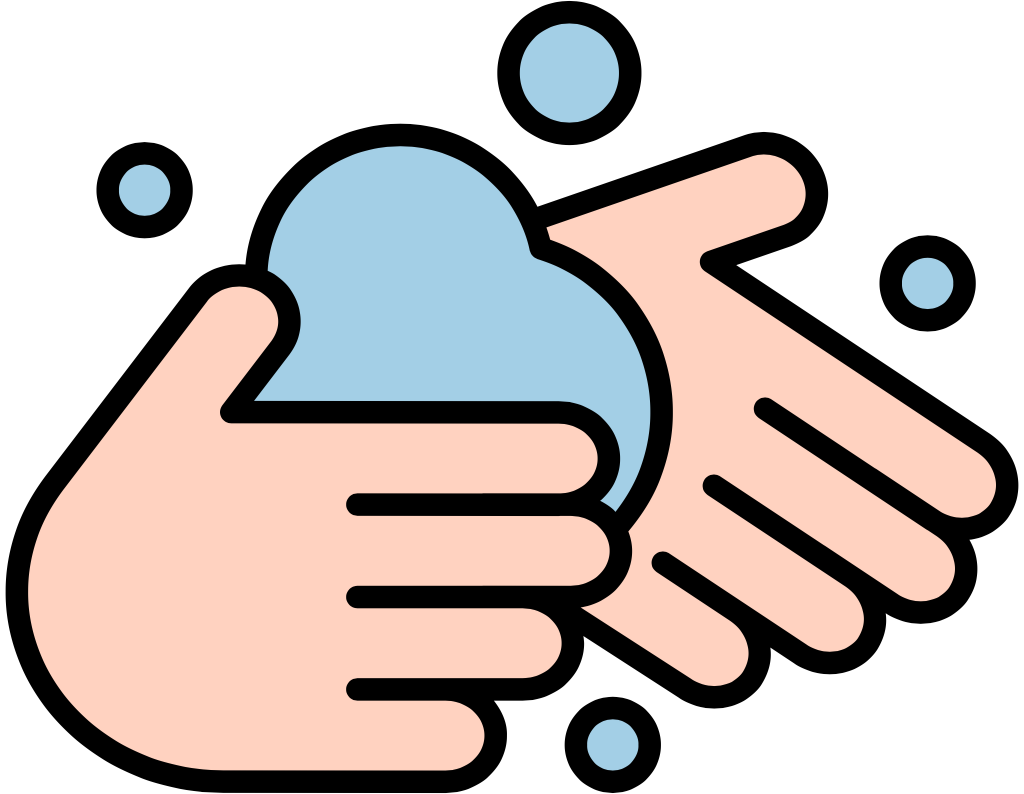Downloads
DOI:
https://doi.org/10.51588/eaaeacp.39Keywords:
mutational, recycling, identity, adaptive design tool, contaminationAbstract
It is well known that programs and places are agents of educational process, but the interaction between them is very different during each of the 5 years of an architectural degree course.
Since its launch in 1991, Ferrara school of architecture has experimented a new teaching method in Italy based on interdisciplinary laboratories, inspired to the Bologna Agreement. The themes on which these laboratories were based were mainly referred to project of new settlements.
This interaction through design between disciplines and new settlements was for many years in Italy the leitmotif of teaching methods until the beginning of the new century, when following the building boom it was clear how the speculative bubble would burst out loud, leading to a revision of the global economic system and to the consequent effects on the architectural design role. It was precisely from those years that in Ferrara the introduction of themes related to the recovery of disused or fragile areas was started, with particular attention to the relationship between built landscape, dismissed areas and regeneration processes.
How to Cite
Published
Issue
Section
License
Copyright (c) 2019 Alessandro Massarente

This work is licensed under a Creative Commons Attribution 4.0 International License.





